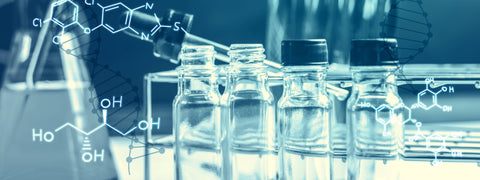How Teeth Whitening Works
How Teeth appear stained and Yellow?
Colored compounds in the tooth are called chromophores, both of organic and of inorganic origin. Chromophores absorb light in the visible range and reflect mainly the complementary color that is recognized by the eyes, typically yellow or brownish in the case of teeth. Organic chromophores are small organic molecules like tannins or furfurals, e.g., from coffee, tea, red wine, or fruits.
How does teeth whitening work?
Our key active whitening ingredient Sodium Percarbonate creates the chemical degradation of the chromogens through oxidisation to produce a whitening effect. They do this by diffusing through enamel and dentine, breaking double bonds of pigment molecules and changing the pigment molecule configuration and/or size. Such changes alter the optical properties of tooth structure, creating a whiter tooth colour.
Why do we use Sodium Percarbonate versus Hydrogen Peroxide?
We have identified the optional formulation to safely and effectively whiten teeth without any unwanted side-effects. Yes, hydrogen peroxide is extremely effective in teeth whitening. However, many countries have deemed this as harmful for individual use and have banned teeth whitening products containing peroxide levels over 0.1%.
Our key whitening ingredient, sodium percarbonate, has been proven to have effective teeth whitening properties comparable to hydrogen peroxide. It might have a long name which may seem unfriendly but Sodium Percarbonate is simply a make up of eco-friendly compounds which break down to oxygen, water and sodium carbonate (soda ash). sodium percarbonate had an obvious bleaching effect without hydrogen peroxide and is a safe bleaching agent.

